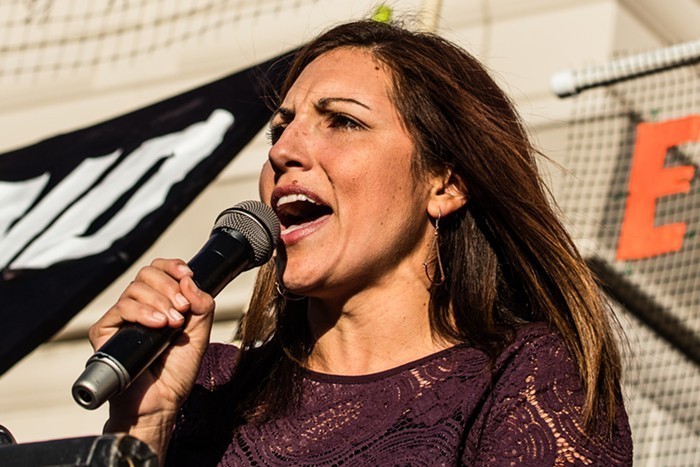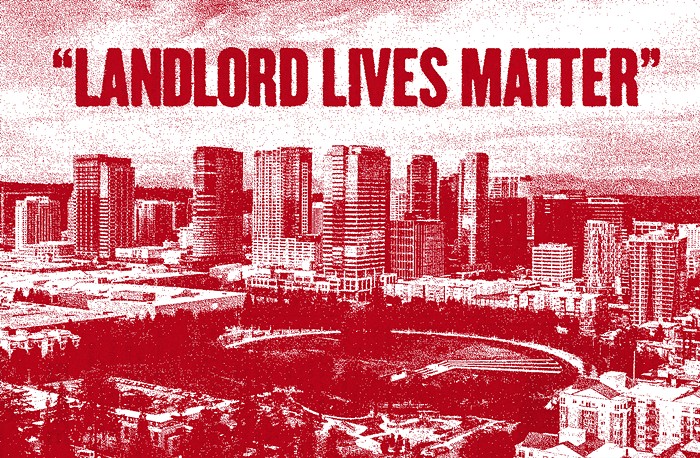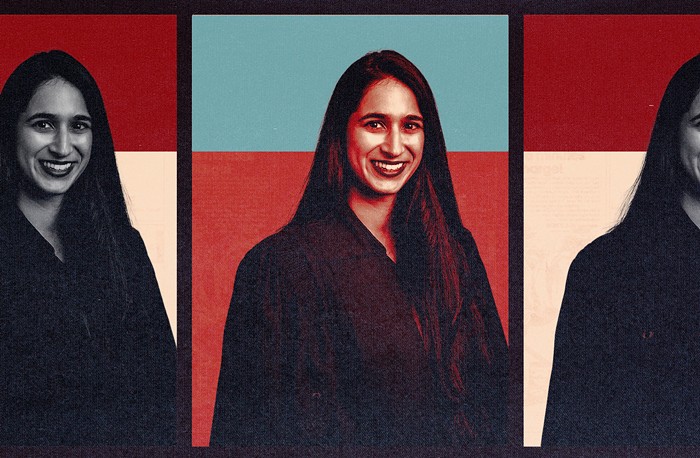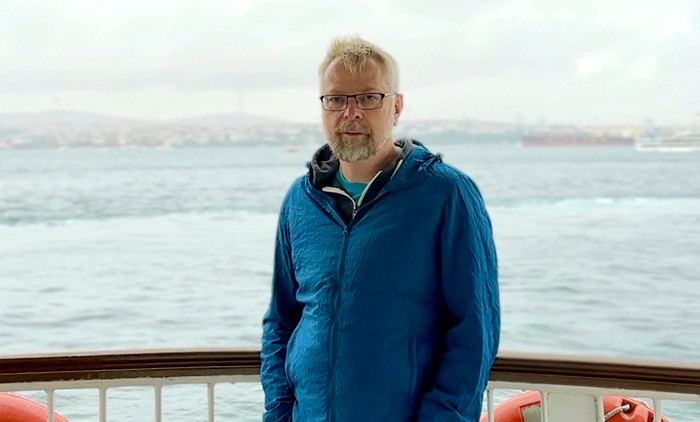Current Federal Communications Commission (FCC) regulations put up all kinds of road blocks, like mandating that stations have a minimum signal power of 100 watts and requiring such a "high cost of entry that only the rich and well endowed can have a voice," according to Steve Dunnifer, founder of Free Radio Berkeley. It looked like efforts to boost low-power radio were going to change all that. In January, the FCC voted to allow two new classes of non-commercial stations to inhabit the FM dial. One class would have included stations putting out 50 to 100 watts of power; the other would have included those with less than 10 watts. Specific cities, like Seattle, had gotten the green light to start the license application process. Everything was going smoothly, until the FCC came up against the mammoth lobbying powers of the NAB.
The NAB is a lobbying organization comprising the major corporate players in the radio and television industry. With an enormous membership and billions of dollars at its disposal, the association has been instrumental in pushing HR 3439. The NAB claims that if low-power stations are allowed to exist, listeners of bigger stations will encounter interference. They even sent CDs to members of Congress demonstrating what this static might sound like. A little research by the FCC revealed that "the NAB CD was produced by artificially mixing two previously recorded radio signals and is not a demonstration of actual interference between two FM radio stations." Safarik claims that the huge, 100,000-watt signals of the major broadcast stations cause more static than small stations ever would, and says that if the NAB is so concerned about interference, "they should cut back their signals." It seems obvious, at least to the FCC, that the NAB isn't concerned so much with jumbled signals as it is with maintaining control of the dial. Steve Adamske, public relations representative for the FCC, had this to say of the NAB's efforts: "While it appears on the face to simply be about requiring the FCC to conduct more tests," protests on the grounds of interference can only "serve to protect incumbent broadcasters from competition.... They are concerned for their advertisers and [are interested in] keeping as many people tuned into their stations as possible."
While the FCC and the radio industry duke it out and the Senate ponders HR 3439, the people who run low-power stations continue their efforts. Safarik claims the pirate radio movement is "so large and the equipment so inexpensive" that the FCC and the efforts of the NAB "can't possibly control it." According to Safarik, computers make it easier to disperse information under the radar of the FCC. A broadcast can be created in a small studio, like Studio X, and the digital stream can be shot out over the Internet, where computer users can hear it and other pirate radio stations can download it for rebroadcast. Jeff Perlstein, a member of Seattle's Independent Media Center (seattle.indymedia.org), continues to focus on the bill. Perlstein helped draft an impassioned letter to the FCC, signed by the Seattle City Council and Mayor Paul Schell; what's at stake, he says, is a shift from "Wall Street radio to Main Street radio."


















